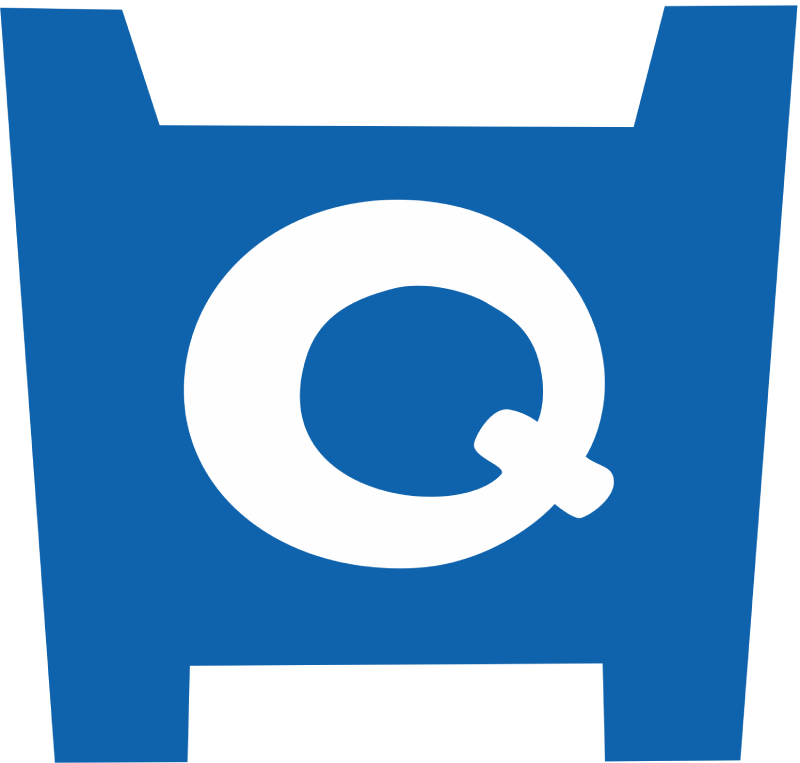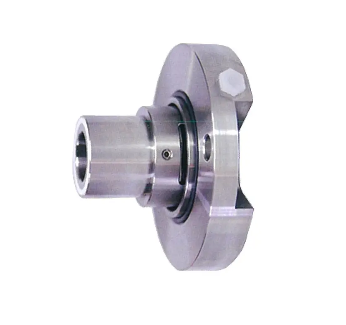Types of Above Ground Well Pumps for Efficient Flow
Shallow Well Jet Pumps: Ideal for Shallow Water Tables
Shallow well jet pumps are specifically designed to lift water from depths of up to 25 feet, making them ideal for rural or suburban areas with shallow aquifers. These pumps operate using jet ejectors located either on the housing or the face of the pump. Their efficiency is well-suited to areas with accessible water tables, with flow rates typically ranging from 5 to 10 gallons per minute. Installation and maintenance of shallow well jet pumps are remarkably straightforward, often involving minimal equipment setup and simple procedures. This ease of setup makes them a popular choice for homeowners looking to maintain a consistent water supply in areas with shallow aquifers.
Deep Well Jet Pumps: Solutions for Deeper Wells
Deep well jet pumps are a robust solution for extracting water from depths greater than 25 feet. Their operational mechanism relies on a two-pipe system, enabling them to reach depths where groundwater resources are more significant. These pumps are commonly used in agricultural settings where a reliable water source is essential for irrigation. Data suggests that the flow rates of deep well jet pumps can reach up to 12 gallons per minute, but efficiency can decrease as the depth increases. It is crucial to select the appropriate horsepower and jet size to maximize the performance of deep wells. Understanding these technical aspects ensures that the pump provides the most efficient water extraction from deeper aquifers.
Convertible Jet Pumps: Flexibility for Varying Depths
Convertible jet pumps stand out for their versatility, functioning as both shallow and deep well pumps depending on the water table levels. These pumps can be adjusted to accommodate varying depths, offering significant cost savings and efficiency benefits. They are adaptable to changing conditions, making them an excellent choice for homeowners dealing with fluctuating water table levels. This adaptability not only optimizes performance but also reduces the need for frequent pump replacements. Testimonials from users highlight the reliability and effectiveness of convertible jet pumps across diverse environments, affirming their value in managing wells with varying depths.
Key Features for Optimal Water Flow Efficiency
Horsepower and Flow Rate Requirements
When selecting a well pump, ensuring that the horsepower matches the specific demands of a household or agricultural setting is crucial. The correct horsepower ensures efficient water delivery without unnecessary energy consumption. For example, using a pump with too low horsepower for a large household can result in insufficient water pressure, whereas excessively high horsepower can increase energy bills and cause wear and tear on the pump. The table below provides a general guide for typical flow rate requirements based on household size:
- Small Household (1-2 people): 6-12 GPM (Gallons Per Minute)
- Medium Household (3-4 people): 12-18 GPM
- Large Household (5+ people): 18+ GPM
Failing to align horsepower with these requirements can lead to inefficiencies, higher energy consumption, and potential mechanical issues over time.
Pressure Switch Technology for Consistent Output
Modern well pumps often utilize pressure switch technology to maintain a consistent flow rate and pressure throughout plumbing systems. By automatically adjusting the pump's operation, these pressure switches prevent fluctuations in water pressure, providing a steady and reliable water supply. Case studies have shown that implementing this technology can significantly reduce incidents of water hammer and other flow inconsistencies. Homeowners can further personalize their water systems by adjusting pressure settings according to specific needs, ensuring optimal performance and efficiency in their plumbing systems.
Corrosion-Resistant Materials for Longevity
Selecting well pumps made from corrosion-resistant materials is essential for enhancing durability and longevity. Materials like stainless steel and thermoplastics are commonly used due to their strength and resilience against rust and other forms of corrosion. Stainless steel, for example, offers robust durability and ease of maintenance, while thermoplastics provide cost-effective solutions with excellent performance in corrosive environments. Statistics show that pumps made from inferior materials have higher failure rates, reinforcing the value of investing in quality materials that ensure the longevity and consistent performance of the pump over many years.
Factors to Consider When Choosing Your Pump
Well Depth and Local Water Table Conditions
When choosing a well pump, it's crucial to assess both the well depth and local water table conditions. Understanding your local geography helps in selecting a pump that suits your water's accessibility and quality. Here are some methods to consider:
- Geographical Assessment: Knowing the depths of wells in your area will guide your selection process.
- Accurate Measurement: Use tools like a weighted string to gauge your well's depth accurately.
- Regulatory Guidelines: Familiarize yourself with local regulations, which may dictate specific types of pumps or water withdrawal limits.
These steps help ensure you make informed choices aligned with both technical and legal considerations.
Household Water Demand and Peak Usage
Understanding your household's specific water demand is a key factor in pump selection. It informs the necessary capacity and efficiency required from the pump, particularly during peak usage times. Here's what you need to know:
- Daily Use Patterns: Analyze average usage times, focusing on peak periods such as mornings and evenings when water demand is highest.
- Capacity Calculation: Calculate your household's total daily water needs, considering all appliances and fixtures.
- Example Calculation: Estimate your needs based on the number of people and daily activities, then compare this to the pump's output capacity for optimal results.
This calculation helps ensure you select a pump capable of meeting your family's demands effectively.
Energy Efficiency and Power Source Compatibility
The energy efficiency of a pump is a significant consideration as it directly impacts operating costs. Selecting the right power source can also enhance performance:
- Efficiency Benefits: Opt for energy-efficient models to reduce electricity costs, which can lead to substantial savings over time.
- Power Source Choices: Evaluate options like electric and solar pumps. Electric pumps are reliable but can be costly over time. Solar pumps are eco-friendly and cost-effective once installed.
- Data Insights: Trends indicate significant energy consumption by above-ground well pumps, making efficiency a priority.
Considering these factors ensures you not only save on energy bills but also contribute to environmental sustainability.
Maintenance Strategies for Peak Performance
Priming Best Practices for Jet Pumps
Priming is a crucial process for ensuring the smooth operation of jet pumps. Proper priming ensures that the pump is filled with water, which helps avoid the dreaded air-lock issues that can significantly decrease efficiency. To prime a jet pump effectively, follow these techniques: first, make sure the water inlet is completely filled with water, then use a hose to fill any remaining air gaps in the system. Regular checks for air-lock challenges are essential as trapped air can lead to reduced performance and increased energy consumption. By maintaining a routine priming schedule, you'll contribute to the long-term health of your pump and enhance water flow efficiency.
Seasonal Inspection and Cleaning Routines
Introducing a seasonal checklist for jet pump inspections can preemptively avoid performance dips. Key factors to consider include checking for leaks, abnormal noises, and the condition of the seals. Cleaning the pump involves removing any accumulated debris and sediment using non-abrasive cleaning products that are safe for the pump's material. Engaging professional services for thorough inspections and cleanings can uphold high standards of pump care and ensure that the machinery runs at optimal performance levels. Frequent maintenance helps in identifying wear and tear early, preventing major breakdowns and extending the pump's lifespan.
Addressing Common Efficiency-Reducing Issues
Understanding common issues that affect pump efficiency, such as wear and tear, sediment clogs, and leaking seals, allows efficient troubleshooting and repair. Signs indicating the need for repairs include a sudden drop in water pressure, erratic noise levels, or visible wear on mechanical parts. Diagnose issues promptly by keeping an up-to-date maintenance log that tracks performance and repair history. This proactive approach not only facilitates quick identification of efficiency-reducing problems but also guides future maintenance strategies, ensuring consistent and reliable operation of your above-ground well pump system. Keeping a detailed log allows users to address problems early and optimize pump performance over time.
FAQ
What types of above-ground well pumps are available?
The main types of above-ground well pumps include shallow well jet pumps, deep well jet pumps, and convertible jet pumps, each designed for specific depths and water table conditions.
How do I determine the right horsepower for my well pump?
Choosing the right horsepower involves estimating your household's water needs based on size and daily usage patterns to ensure efficient and appropriate water delivery.
What should I consider in terms of pump materials?
Opt for pumps made with corrosion-resistant materials like stainless steel or thermoplastics to ensure durability and longevity.
How often should I maintain my well pump?
A regular maintenance schedule, including seasonal inspections and priming checks, is key to ensuring long-term efficiency and performance of your well pump.
Are energy-efficient pumps worth the investment?
Yes, energy-efficient pumps reduce electricity costs and operational expenses over time, providing significant cost savings and environmental benefits.
HQ delivers high-performance, cost-effective mechanical sealing solutions to 10+ countries across Australia, the Middle East and beyond.
Trust our proven quality and competitive pricing for tailored, reliable service worldwide.
Contact us now for your custom seal quote!


